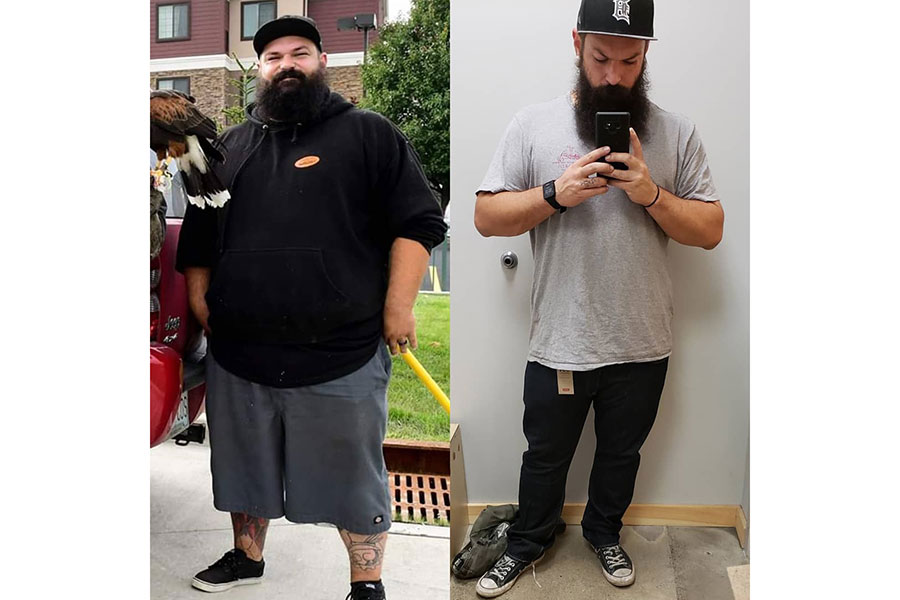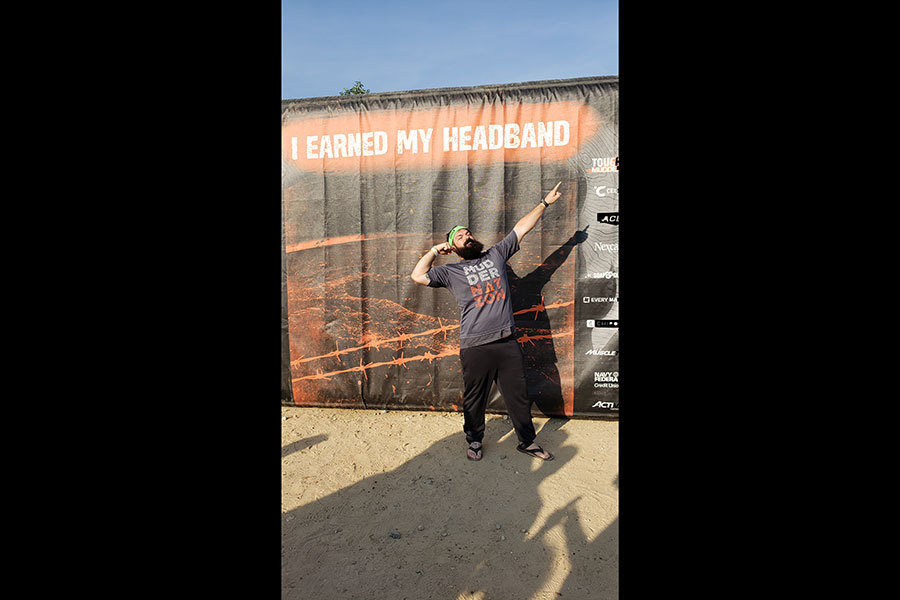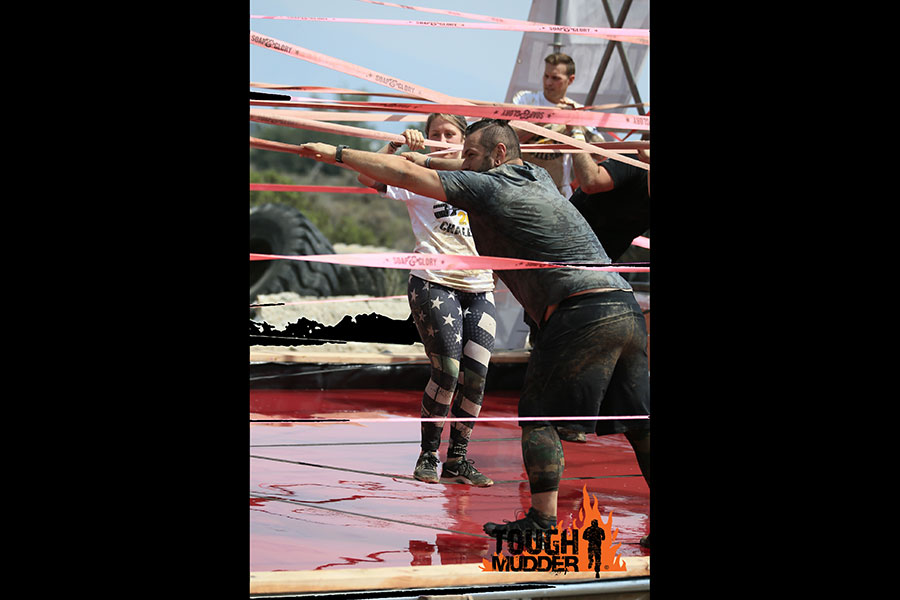The Real Change Begins
By this time my clean strict diet was 2nd nature and I rarely had urges to cheat. Every 3-5 weeks I would go have sushi, a big steak, or Korean BBQ of some kind as a reward meal, but for the most part, I was content with the diet I was eating.
I would (and still am) eating two meals a day consisting mainly of lean ground beef, chicken, eggs, turkey bacon, avocados and organic peanut butter for a snack. It is insanely strict, but I look at it like this: I had fun eating whatever-whenever I wanted, and it got me overweight. So it was time to do whatever was required to get it off and get myself back to a place where I was happy with who I was.
In October of 2018, I ran my first Tough Mudder in Northern California. I was running about 8-10 miles a week on the treadmill at the gym and lifting weights 5 days a week and I felt phenomenal. But I very quickly became aware that I was still too heavy and had much progress still to achieve when I was on the course. I ran the race with my best friend and fiancé, and together we crossed the finish line in a little under 4:30. It was an amazing experience and sort of re-lit my desire to push harder and farther in my training.
I kept up with the training and increased to 12-18 miles a week running, but this time I was doing it outside on trails and in the hills to incorporate realistic elevation changes and to get some fresh air. Many people dislike treadmill miles and once I began to run outside I understood why.
I live a little over a mile and a half from my local LA Fitness so I started to wake up and run to the gym, sit in the sauna and stretch out for 20 minutes, and run back every morning. It was the perfect split that I needed and combined with 6 nights of weights per week I went solo into my second Tough Mudder in April of 2019 and managed a race time of 2:56 on one of the tougher courses in the Tough Mudder line up in the country.
The race is at Glen Helen off-road park and the hills there are absolutely insane. My Garmin tracker registered almost 2,600 feet of elevation gain over the 9-mile course. It definitely pushed me to my limit.
One Year Later
On May 1, 2019, with 1 year of life change under my belt, I stepped on the scale and it read 257.7 lbs. I had lost 121 lbs. in a year and had gone from a size 54 “loose fit” Dickies to size 36 501 Levi’s and from 4XL-Tall t-shirts to XL t-shirts.
I felt accomplished but knew that I had so much more to go. I’ve kept up on everything and plan to for as long as I possibly can. Seeing the changes that I’ve made already have helped me make sure I never ever want to go back to the person I used to be and I’m so much happier and more confident in my own skin.


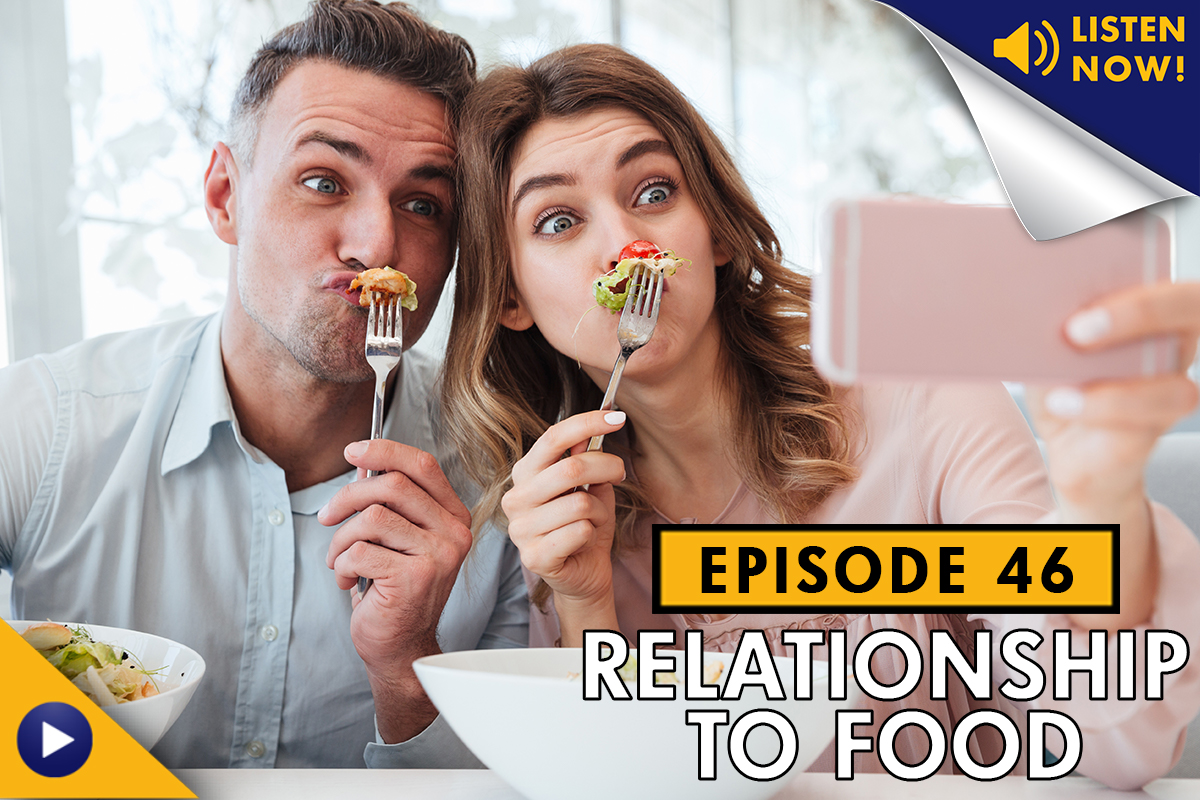
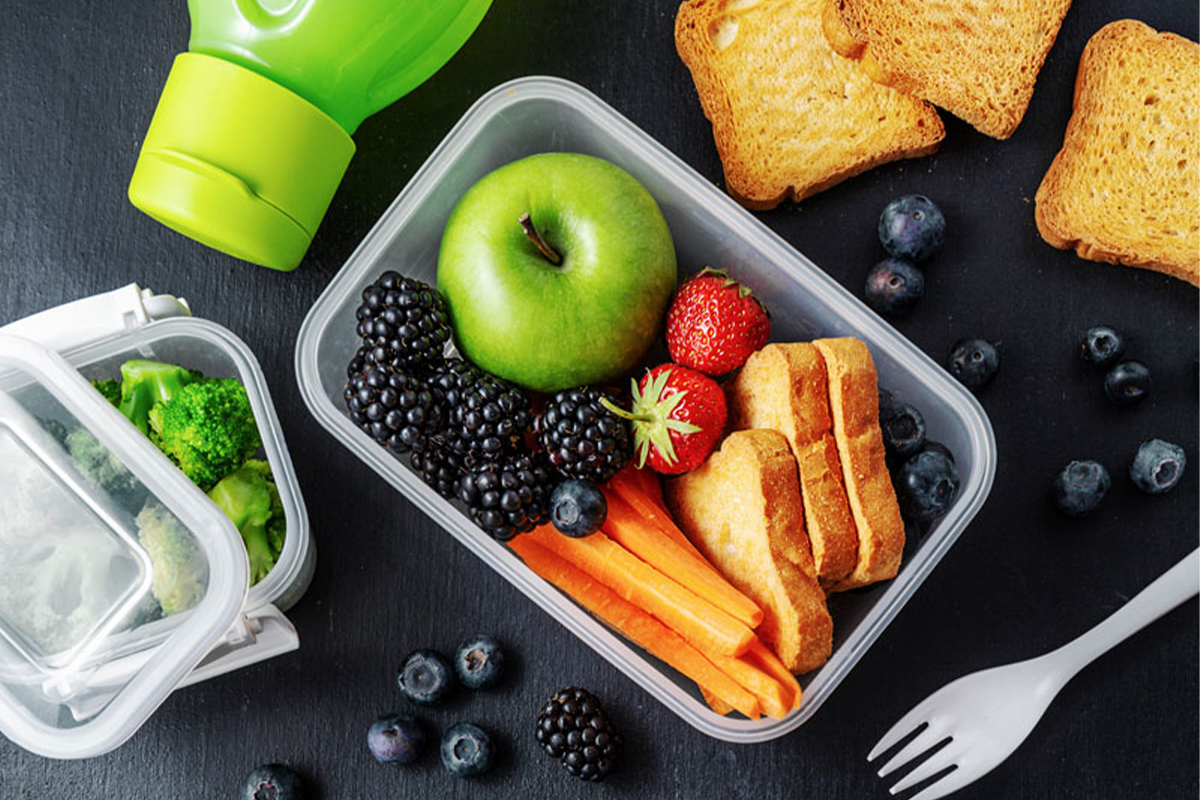



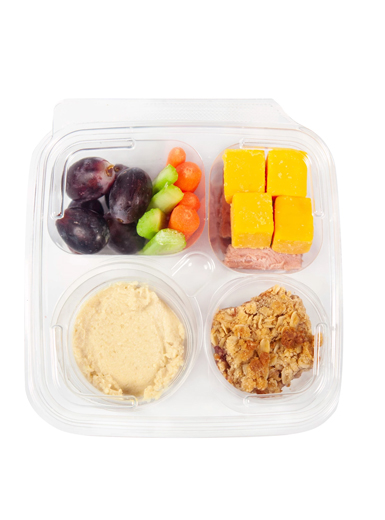


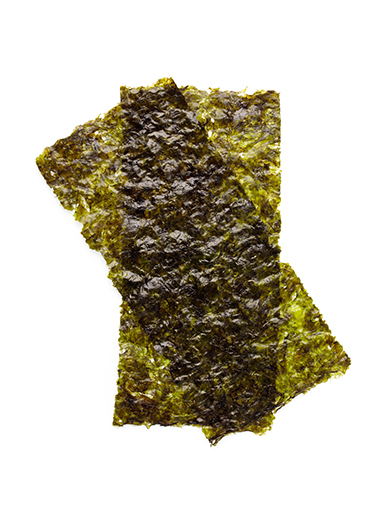
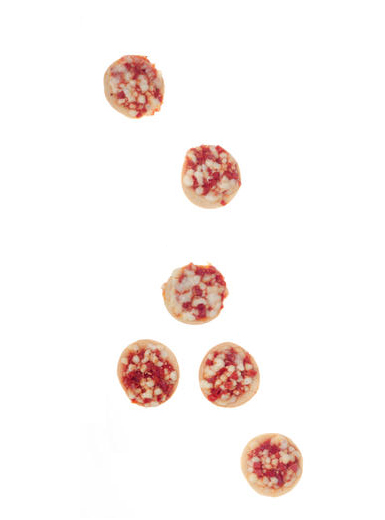


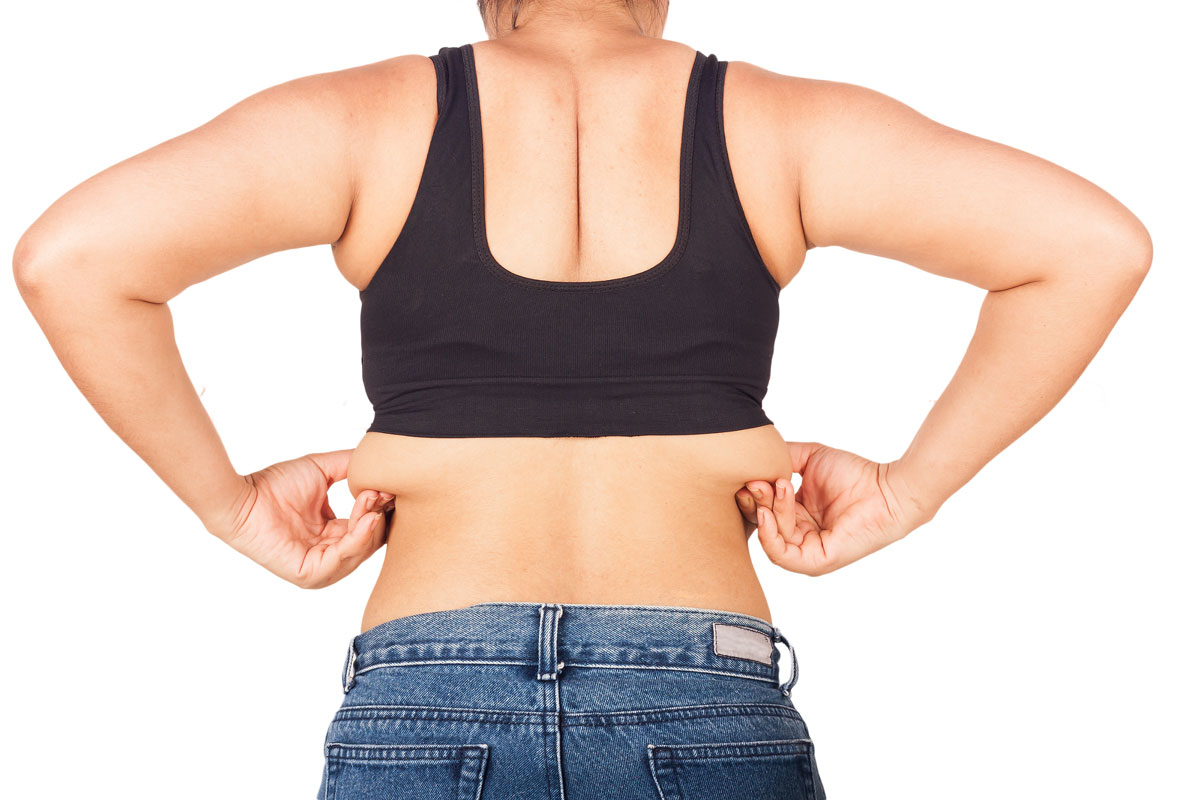


 Have a nutrition question? Our registered dietitian is ready to help!
Have a nutrition question? Our registered dietitian is ready to help!




